My hero my guy.
Category: Elon Musk – Page 212
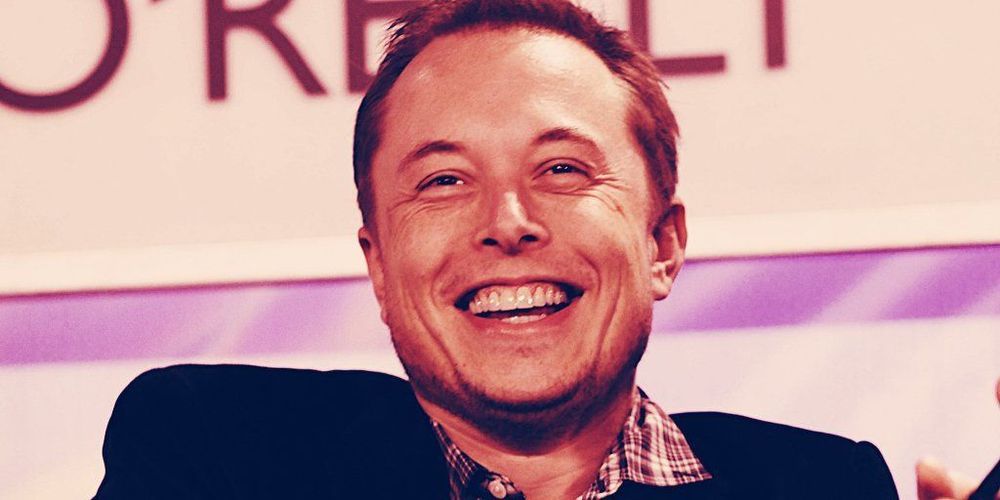
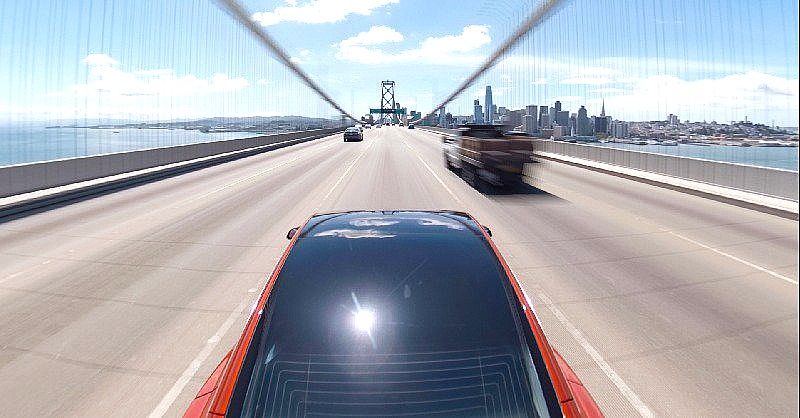
Tesla’s controversial vision-based full self-driving approach is finally paying off
Like many things about Elon Musk, Tesla’s approach to achieving autonomous driving is polarizing. Bucking the map-based trend set by industry veterans such as Waymo, Tesla opted to dedicate its resources in pursuing a vision-based approach to achieve full self-driving instead. This involves a lot of hard, tedious work on Tesla’s part, but today, there are indications that the company’s controversial strategy is finally paying off.
In a recent talk, Tesla AI Director Andrej Karpathy discussed the key differences between the map-based approach of Waymo and Tesla’s camera-based strategy. According to Karpathy, Waymo’s use of pre-mapped data and LiDAR make scaling difficult, since vehicles’ autonomous capabilities are practically tied to a geofenced area. Tesla’s vision-based approach, which uses cameras and artificial intelligence, is not. This means that Autopilot and FSD improvements can be rolled out to the fleet, and they would function anywhere.
This rather ambitious plan for Tesla’s full self-driving system has caught a lot of skepticism in the past, with critics pointing out that map-based FSD is the way to go. Tesla, in response, dug its heels in and doubled down on its vision-based initiative. This, in a way, resulted in Autopilot improvements and the rollout of FSD features taking a lot of time, particularly since training the neural networks, which recognize objects and driving behavior on the road, requires massive amounts of real-world data.
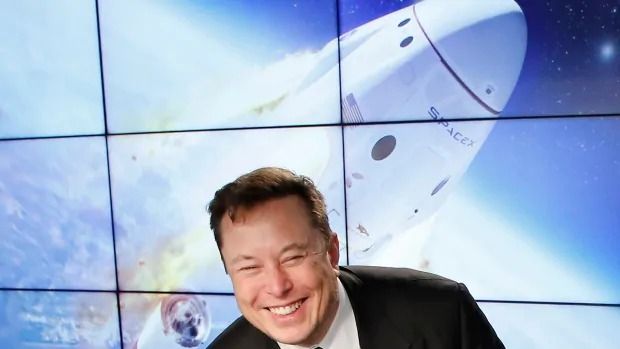
Elon Musk’s company wants to sell high-speed internet to rural Canadians News
Elon Musk’s SpaceX has applied to offer high-speed internet to Canadians living in remote areas by beaming it to them via satellites.
The Globe and Mail newspaper first reported that space exploration company SpaceX applied with Canada’s telecom regulator, the Canadian Radio-television and Telecommunications Commission (CRTC), for what’s known as a Basic International Telecommunications Services, or BITS, licence.
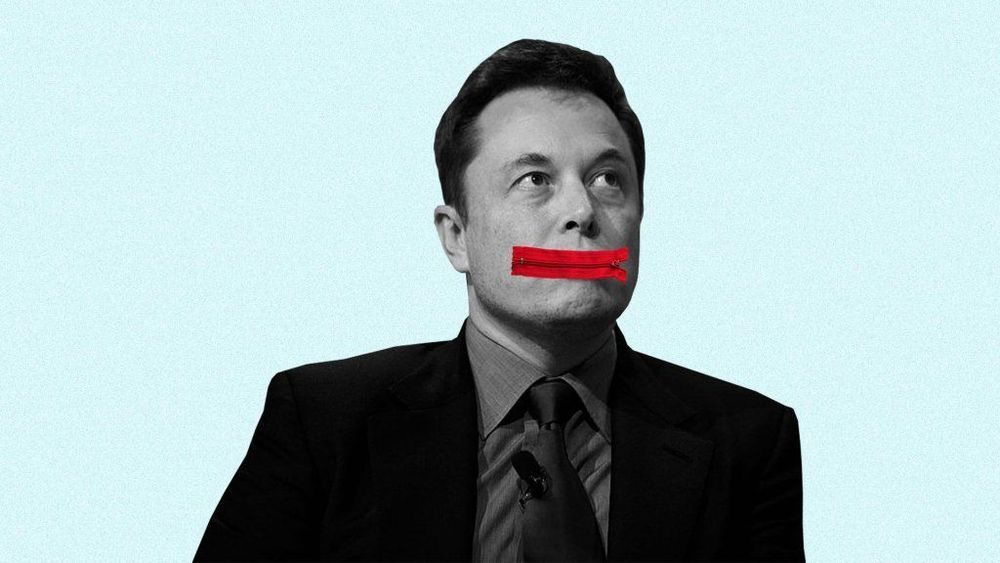
Why Intelligent Minds Like Elon Musk and Steve Jobs Embrace the Rule of Awkward Silence
The rule of awkward silence is simple: When faced with a challenging question, instead of answering, you pause and think deeply about how you want to answer.
But make no mistake, this is no short pause. You might go five, 10, or even 15 seconds before offering a response. Which, if you’re not used to doing it, will feel very awkward—at first.
Garrett Reisman, an engineer and former astronaut who left NASA to join SpaceX, described how Musk uses this technique in a recent interview.
How to land a job at Elon Musk’s SpaceX, according to the rocket company’s software team
SpaceX software team members who helped “develop and deploy software that flew” the Crew Dragon capsule used to launch NASA astronauts into orbit in May, held a Reddit “Ask Me Anything” session on June 6. They answered questions about how to land a job at Elon Musk’s rocket company.
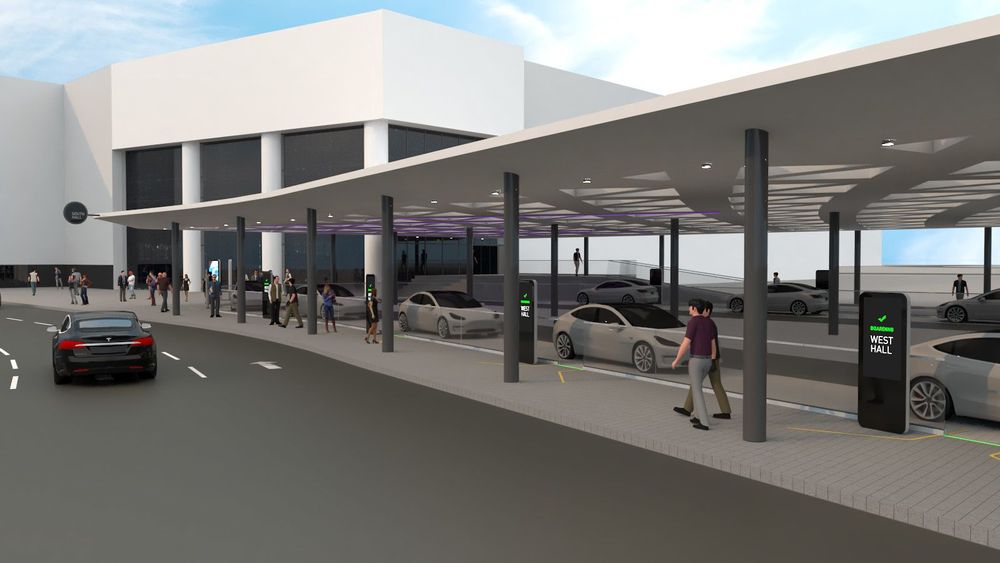
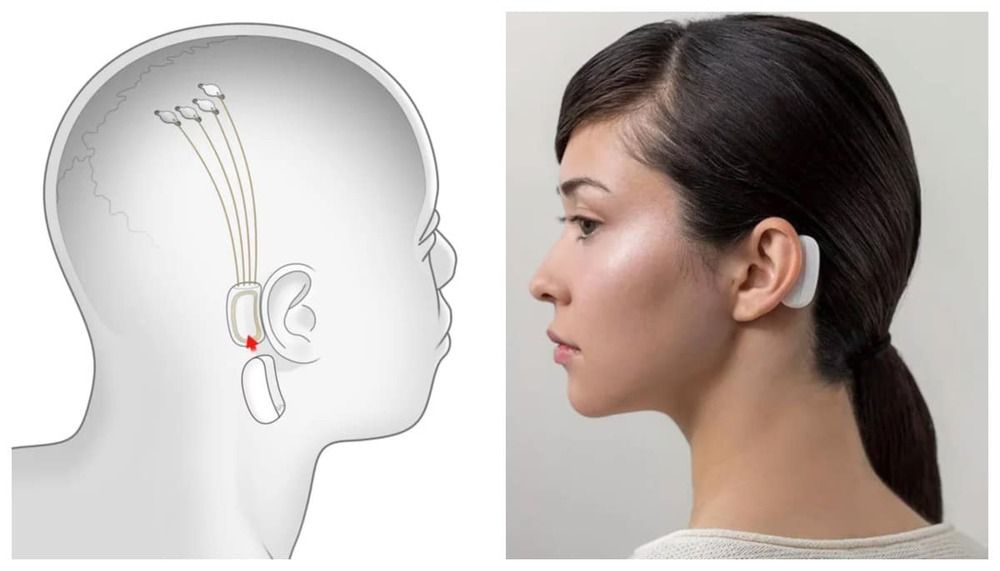
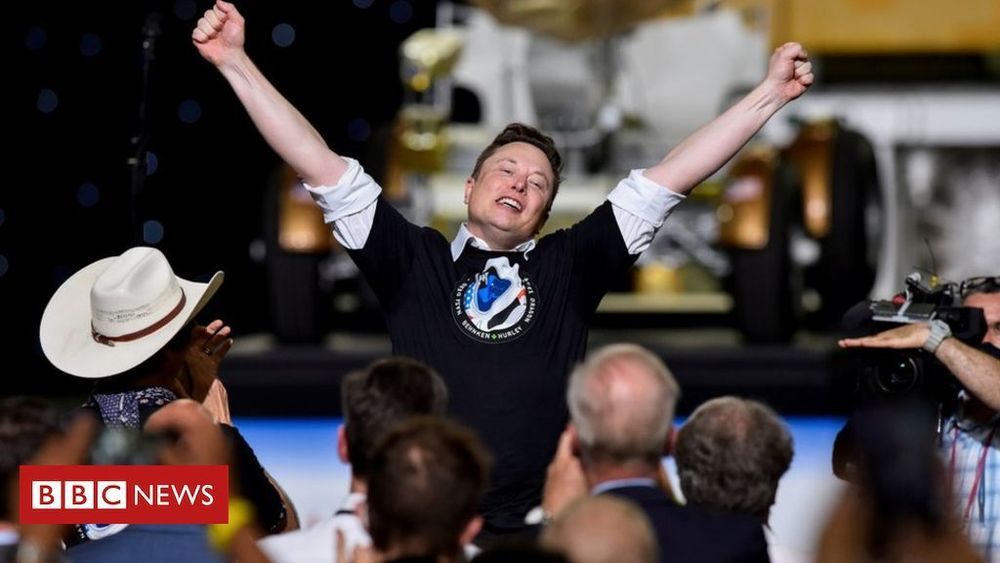
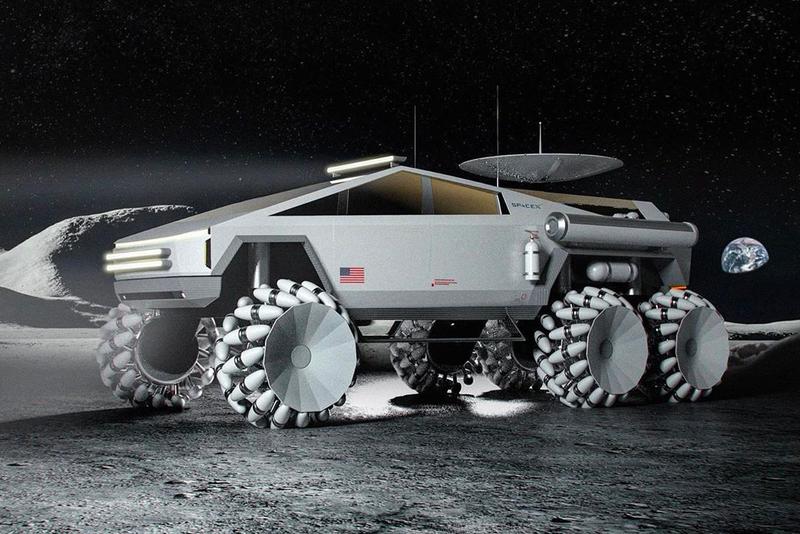
Nextbigfuture has noted that with about 20 lunar missions with SpaceX Starships, SpaceX could build a one gigawatt industrial moon base
SpaceX could use the electric skateboard of the Cybertruck to build all the of vehicles that they need for a lunar mining operation. About twenty-five to thirty cybertrucks could be delivered to the moon with every SpaceX Starship.
A lunar base and mining operation would lower the cost for lunar operations by 70 times and by ten times for high earth orbit. A lunar mining operation would also lower the cost of operations to Mars and the SpaceX plans for a city on Mars. Before, Elon Musk makes a city on Mars using a dozen fleets of one hundred Starships he will build a mining town on the moon.
Hypebeast has rendered a Tesla Cybertruck as a six-wheel lunar rover.